This blog follows a 10-day adventure through the breathtaking views of Cape Town, the dynamic energy of Johannesburg, and the raw beauty of Kruger National Park, all while embracing sobriety.

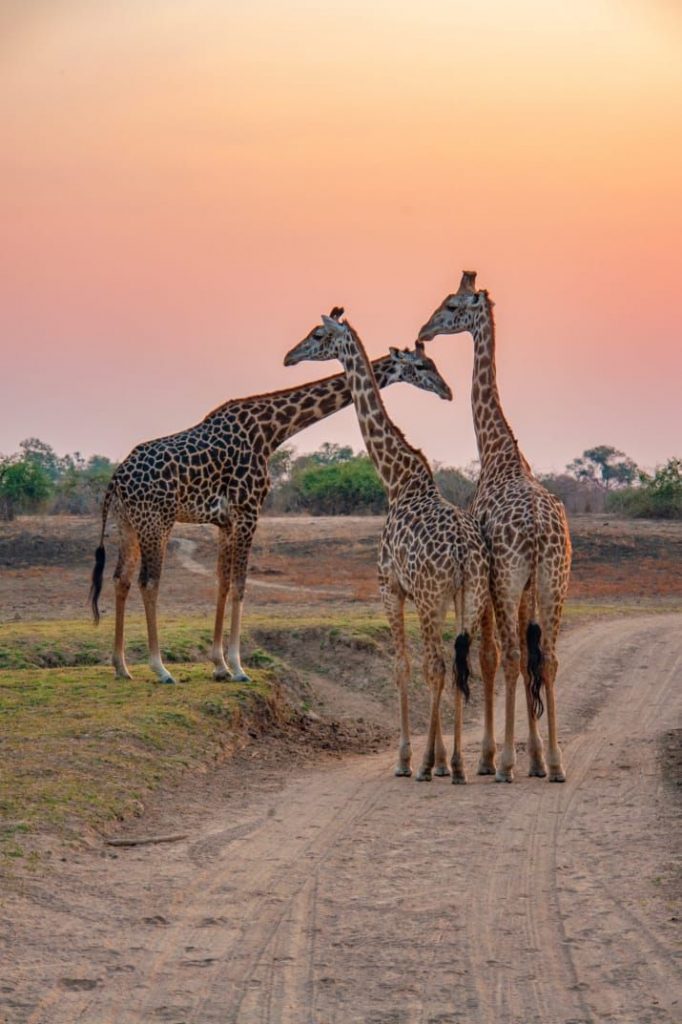
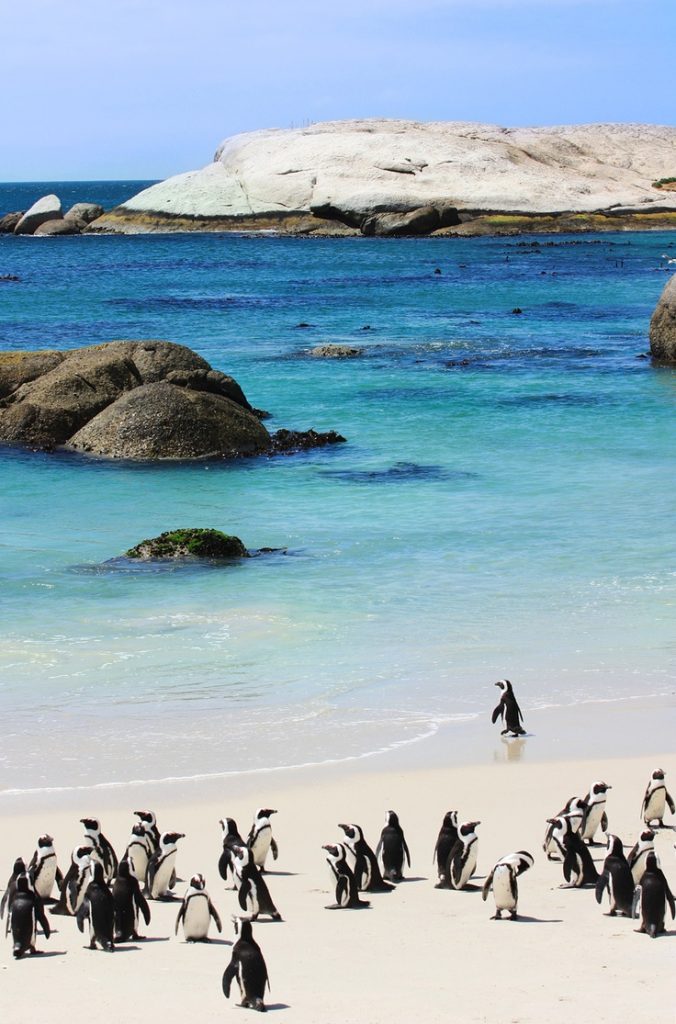
As I write this, 41,000 km above the Atlantic, I can’t help but marvel at my latest adventure to South Africa. For context, this trip was supposed to be a birthday baecaetion getaway, but naturally, I went and ‘ruined’ things by breaking up with the bae a few months shy of departure, thereby changing the course of this trip forever.
I’m a seasoned solo traveler, having ventured to several countries alone (which, in my opinion, can be the best company). Still, I had reservations about navigating ‘The Mother City’ solo, a foreign land with a notoriously dangerous rep. Was this risk worth the reward?
Pre-Departure
All the girlies know the thrill of the pre-departure checklist. There are levels to this list, depending on the girly’s maintenance level, but most lists include the compulsory hair, nails, wax, pack combo. The rat race to the airport is stressful, making the vacation seem sweeter.
I did THE MOST to prepare myself for South Africa because I didn’t really have a solid plan. Aside from booking my Safari and accommodations, I planned to go off vibes. I told myself I wanted to leave room for some magic.
Anyway, with no solid itinerary, I packed for every occasion: romantic sunset boat tour, wild safari adventure, beach club parties. When I finished embodying all these versions of my potential self, I, of course, overpacked.
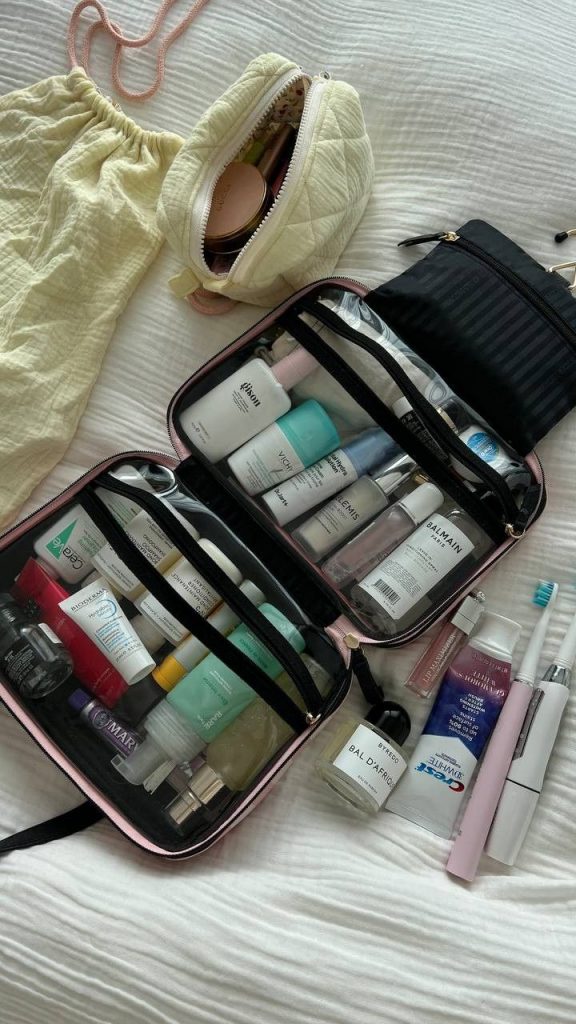
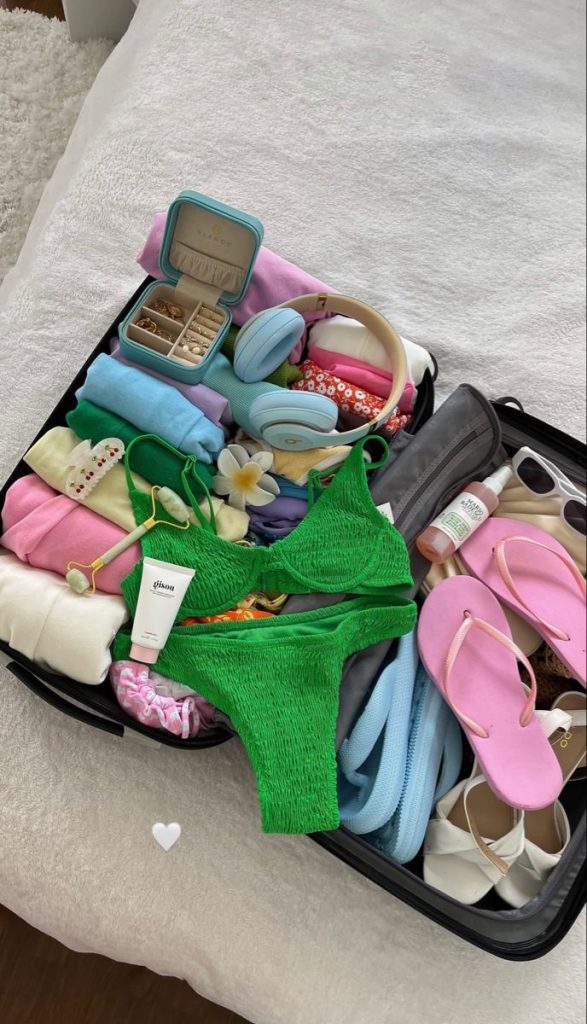
Overpacking is an art form. My checked bag weighed in at 25.1 kg (the max is 25), but I included an assortment of alcohol-free drinks just in case the options in South Africa were disappointing. This also ensured I’d have a few pounds to spare on the way home. I prefer to pack cans as they’re compact, won’t shatter like a bottle of alcohol-free wine, and bleed on my favorite white shorts.
For ten days in South Africa, here are the essentials:
- Alcohol free-drinks:
- 4 Ghia
- 2 Parch
- 2 Moment (use code TSB23 for 25% off your order)
- 1 Athletic Brew
- Binoculars for safari
- Lightweight, breathable clothing (I traveled in late Feb., which is still summer)
- Hat, sunglasses, and sunscreen for sun protection.
- Sweater or light jacket for cooler evenings
- Insect repellent containing DEET for protection against mosquitoes and other insects
- Camera ( I use this Sony ZV1 and portable charger
Flying Sober
The Airport
The airport can be a treacherous place for sober people. The standard rules don’t apply. You can morning drink without so much as a side-eye glance. Duty-Free sure looks tempting with shiny bottles on display. The lounges are sometimes worse, with free drinks included with membership; the hidden cost is your dignity.
I limit my time at the airport. International flights make this tricker because arriving early is essential; take it from someone who has missed several flights in her lifetime; there’s no such thing as a free missed flight! You’ll either pay with money or lose time.
Tip: My quick tip for reducing triggers at the airport is to assign yourself a task. I come up with a project in mind—edit an episode of a podcast, make memes, and respond to DMs. This can also be non-work related, catch up with a friend/loved one, clear your inbox to 0, and write Yelp reviews for your favorite businesses. I prefer to take action to channel any pre-flight jitters into something/someone as opposed to consuming content like reading or binge-watching Love is Blind (I save this for the plane).
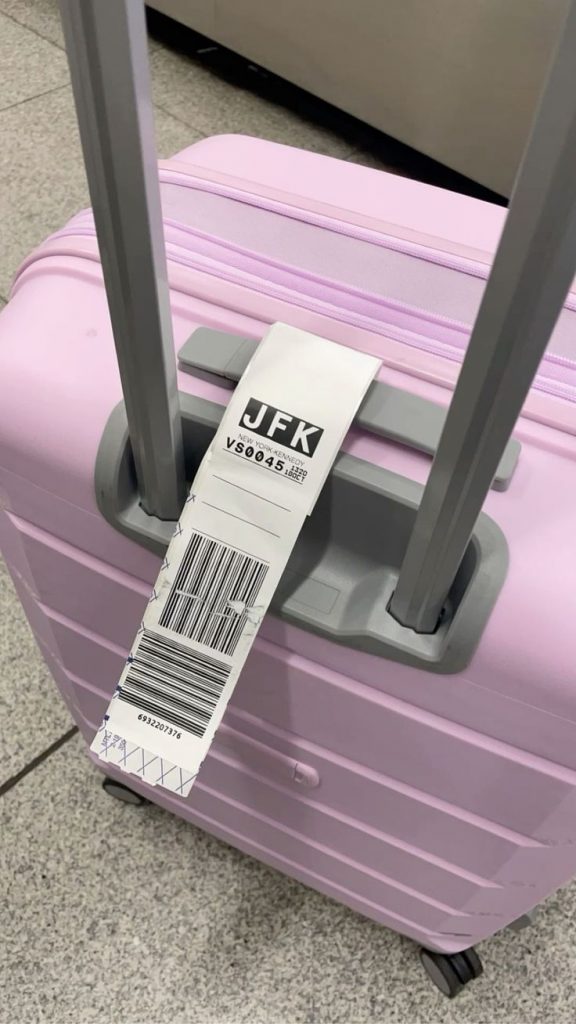
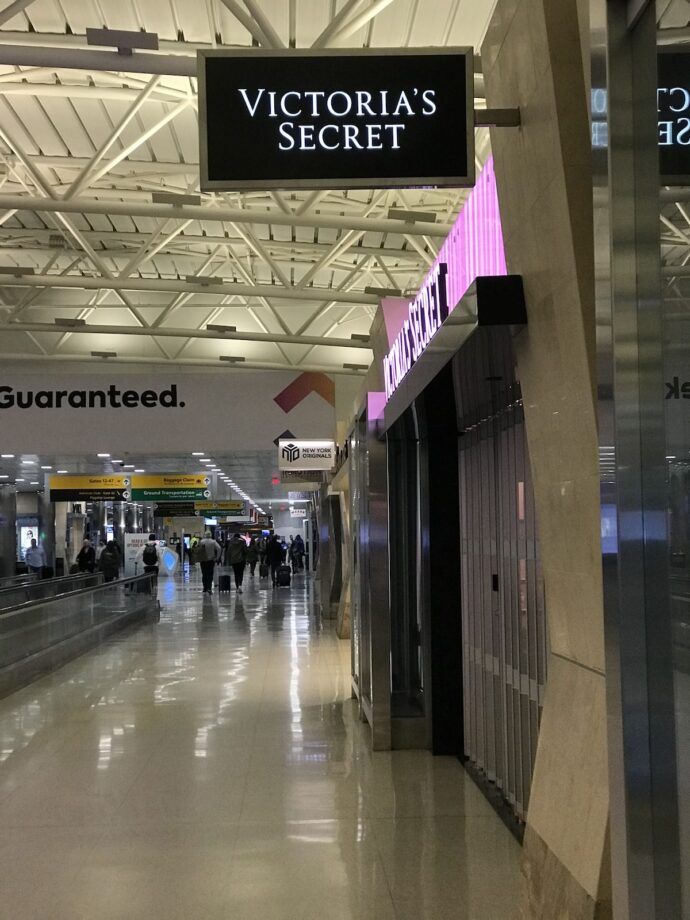
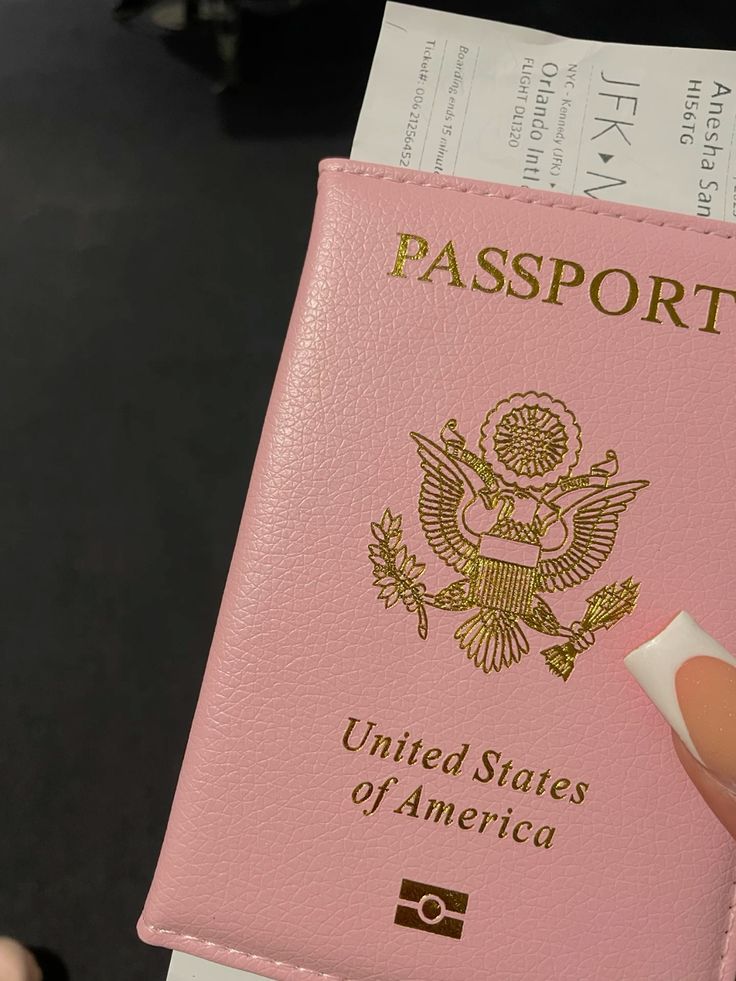
The Flight
I flew with Kenya Airways (a first) and had a 13-hour connecting flight from New York to Nairobi. I’m only referencing this because I sat next to a pastor who devotedly believed in God but not deodorant or personal space. Every 10 minutes, he would raise his arms to stretch (Jesus, help me!) or find some way to touch me. Why me? I thought in discernment.
Nairobi to Cape Town was another six hours. I slept the majority of this journey. I know many people have trouble sleeping on planes. I, fortunately, am not one of these tortured souls. I fell into a deep slumber as I couldn’t sleep properly due to the pastor’s rapture.
The Arrival
I arrived late Tuesday night in Cape Town. Remember how I said Cape Town has a reputation for being dangerous? Well, I didn’t mention that the same deodorant-less pastor pumped me full of stories on the danger of Cape Town and how he, a 43-year-old 6’4 bulky Congolese man, would never visit there. He was on his way to the Congo, which was much safer by comparison (gasp!) He went on to share how his brother lives in Cape Town and has been asking him to visit for years, but oh no, not with all the adductions and robberies he’s heard of, and btw, where was my travel companion.
So, I arrived in Cape Town, slightly petrified. I asked a friend who lived in Cape Town whether using Uber from the airport to my Airbnb was safe. He assured me that Cape Town was like any other city; it was safe, but to exercise caution, like checking to ensure the car’s license plate matched the Uber app’s driver. I appreciated this nod of confidence and headed to my Airbnb.
Accommodations
I stayed in two different Airbnbs in Cape Town. Both accommodations were cute studios in the De Waterkant neighborhood of Cape Town, very close to the V&A Waterfront. I chose these apartments because they had a pool, balcony, washer/dryer, and no load-shedding. Load shedding in South Africa refers to the controlled and scheduled interruption of electricity supply to different areas.
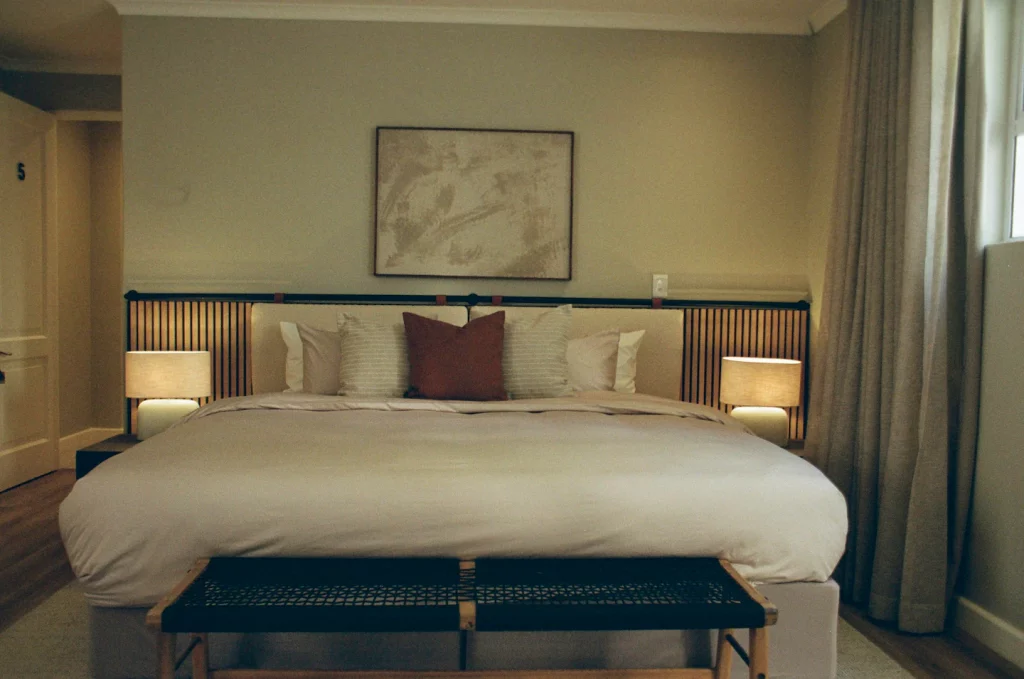
Upon arriving late to Cape Town, I realized I had yet to make plans for the following day. So, I signed up for an early tour to force myself to get up early and sync to the new time zone (CPT +7:00) from EST.
Cape Town
Peninsula Tour
On my very first day, I covered a lot of ground. As mentioned, I signed up for a full-day Peninsula Tour with Airbnb Experience (not sponsored). This action-packed day included the colorful houses at St. James Beach; Kalk Bay Harbor with a local tasting of fish & chips and seal siting; Boulder’s Beach viewing deck and beach walk featuring African Penguin colony; Cape Point Reserve checking out Cape Point lighthouse and hike to Cape of Good Hope; and the grand finale—Chapman’s Peak Drive with sundowners of non-alcoholic kombucha for me.

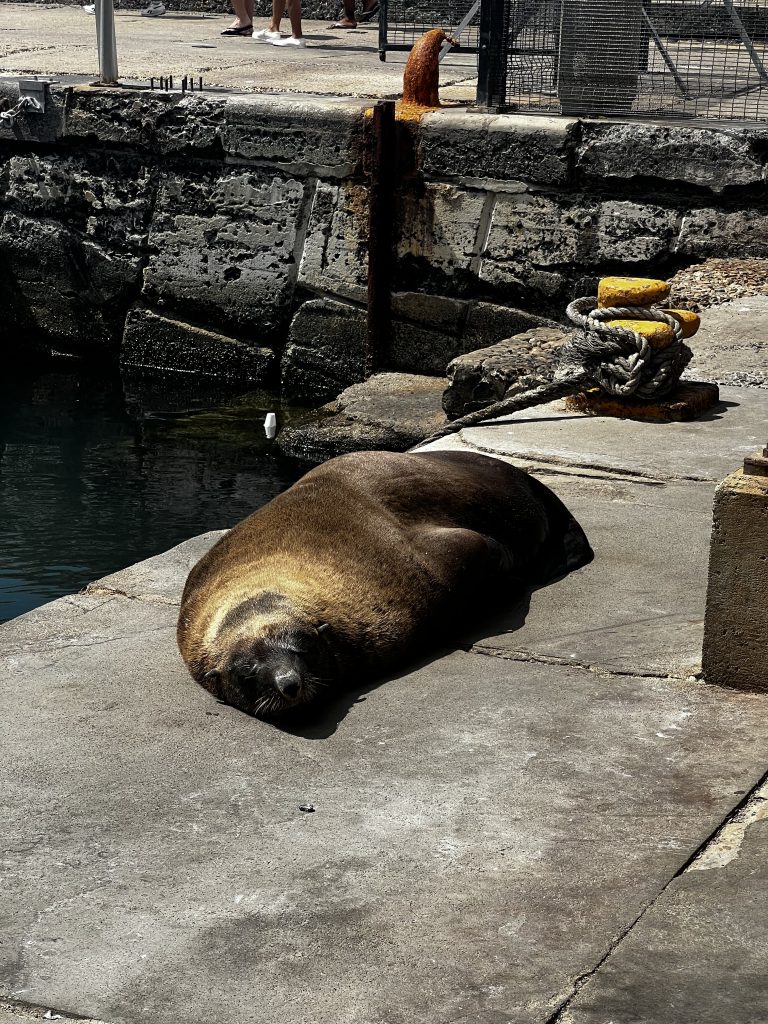
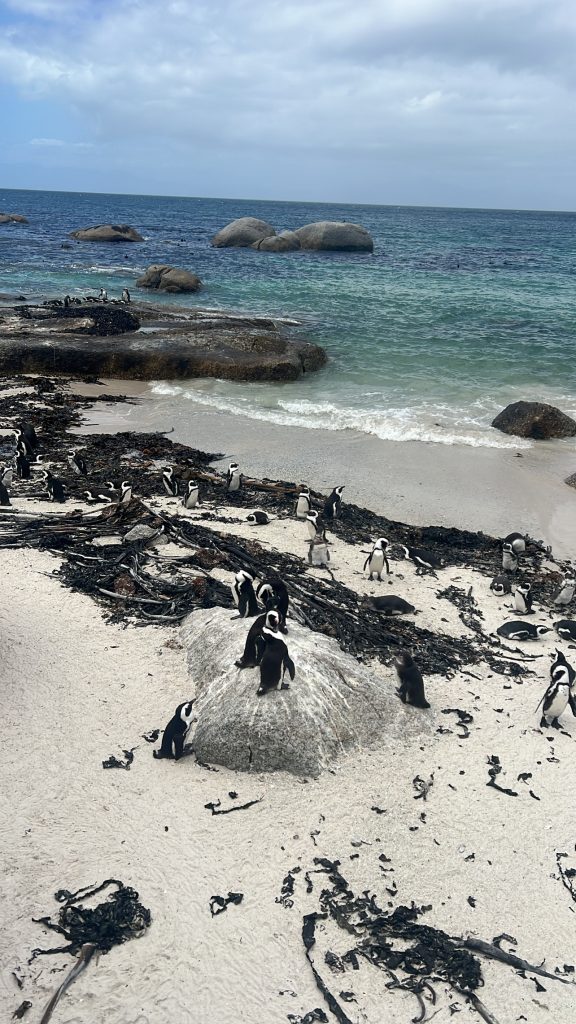
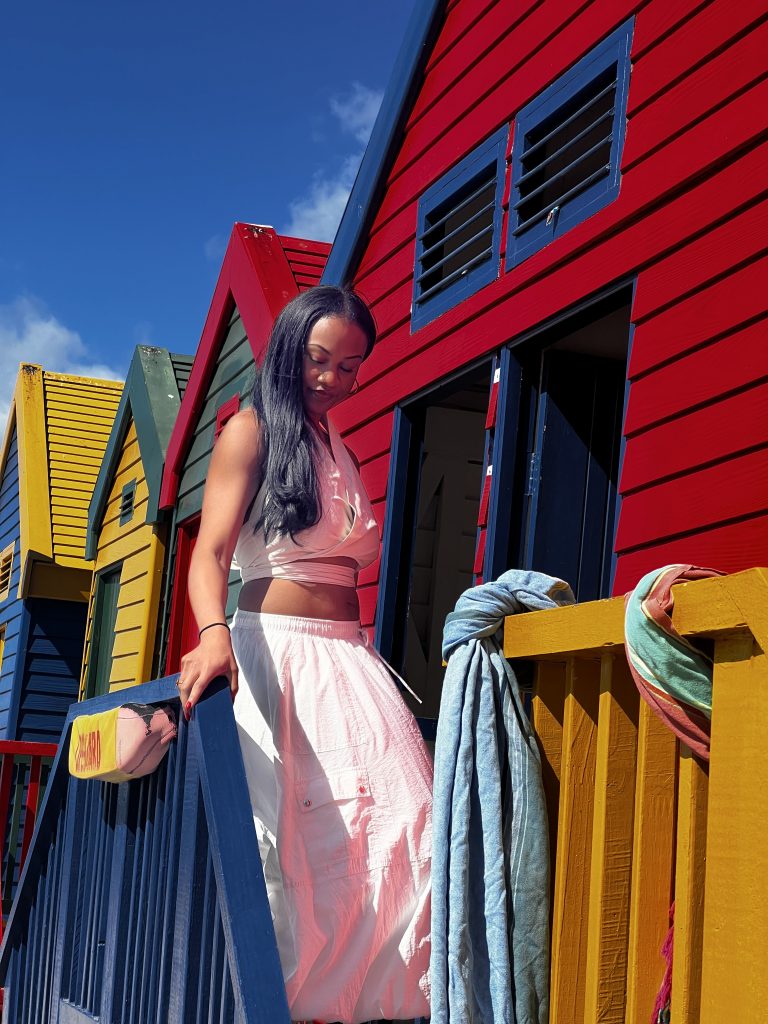

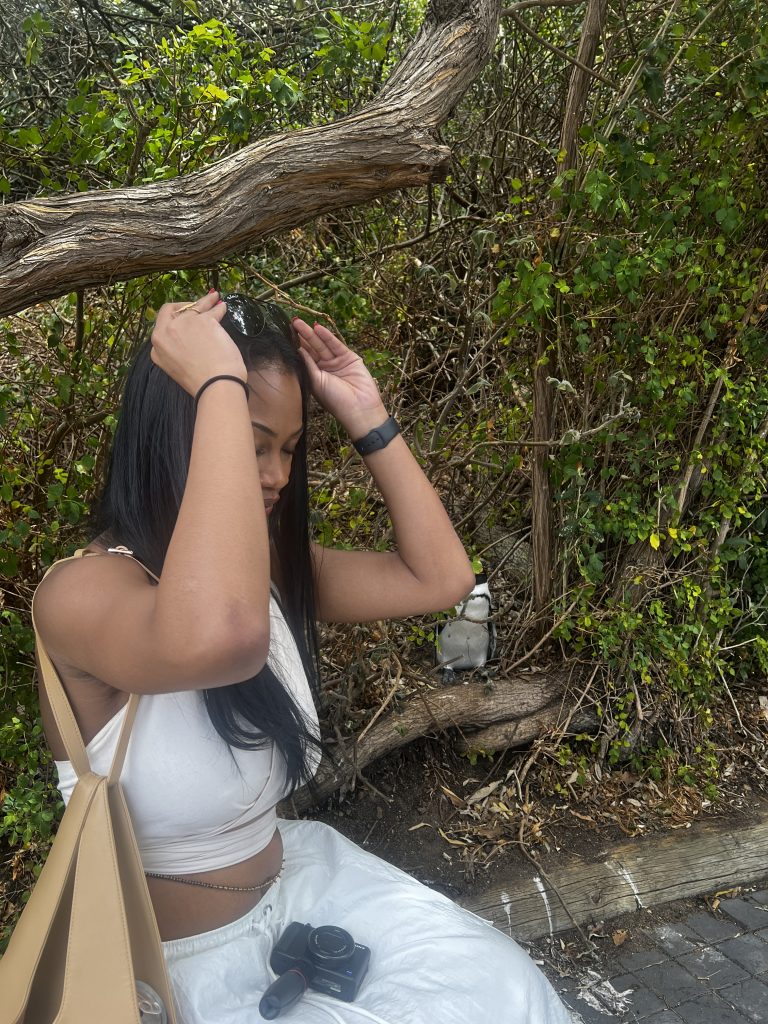
Lion’s Head
I woke up to another magical day in Cape Town. I felt rested as I slept 8 hours and felt ready to conquer the day. After brunch at Jerrod’s, I needed some physical activity. A must-do experience in Cape Town is a sunset hike up Lion’s Head. I’m happy I signed up for a guided hike, as Lion’s Head proved more difficult than anticipated. We literally had to scale parts of the mountain using ladders. While challenging, the views from the summit made it all the more worthwhile.
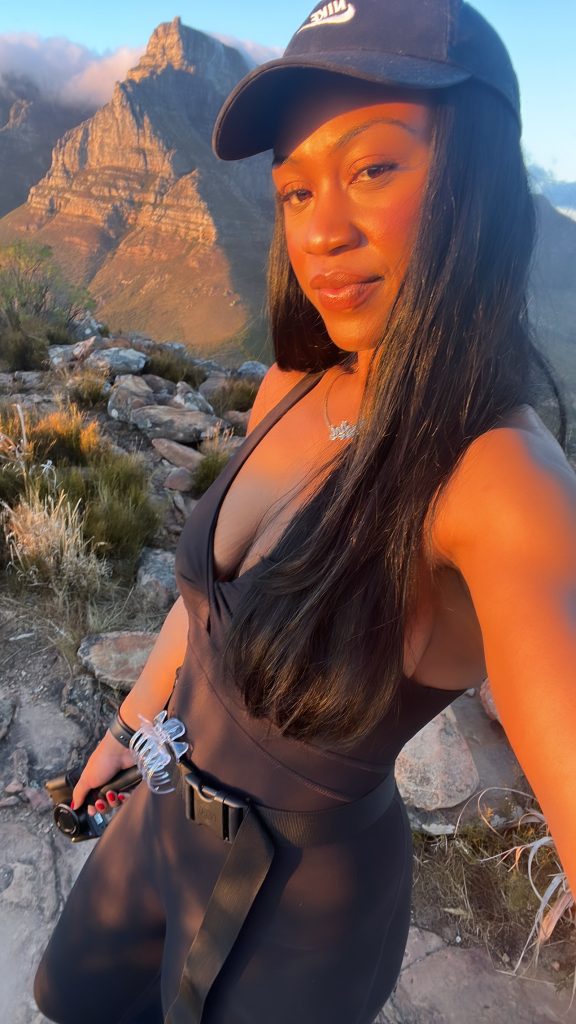
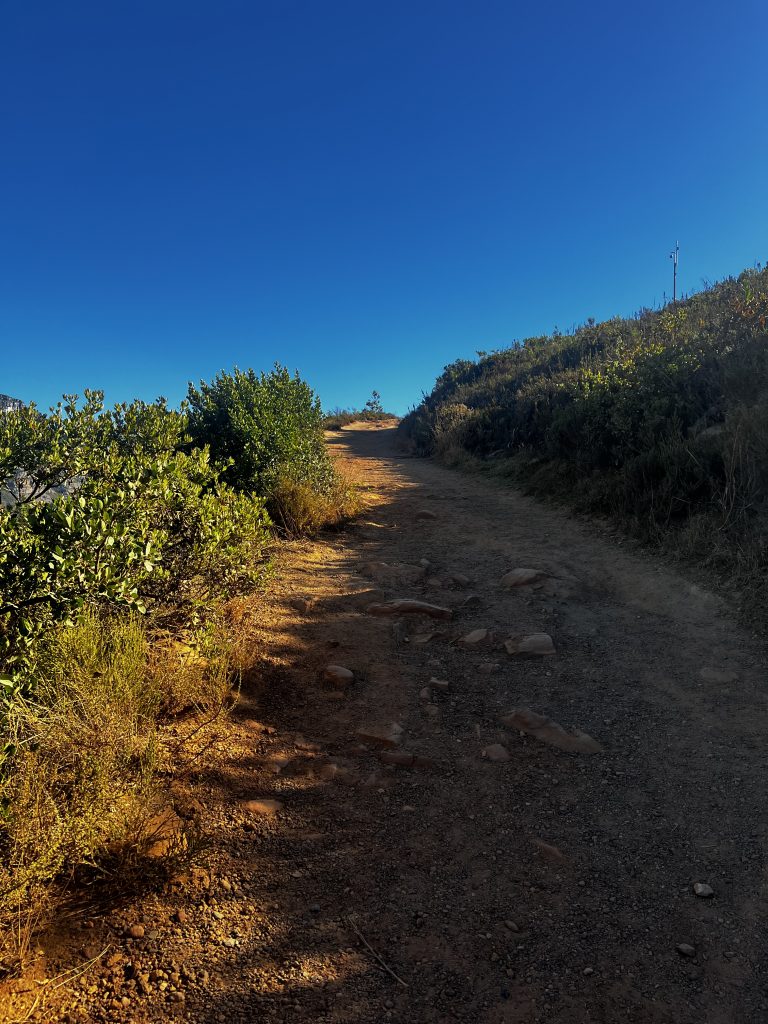
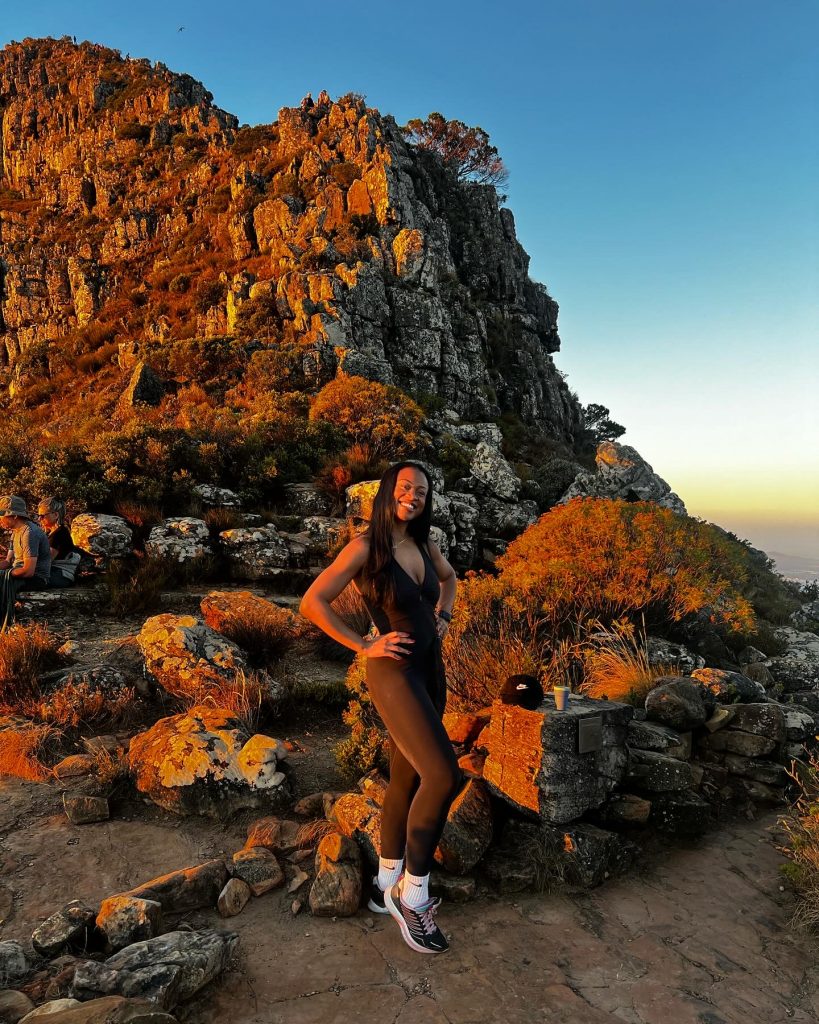
Having a guide also gave us an insider’s advantage. It was a busy evening due to the full moon. It’s considered an age-old tradition for locals to hike up on a full moon, where the city’s lights below dazzle, and the full moon and stars show off their beauty in the night sky. Our guide, Kurt, had us drop down from the summit to a lower, quieter section with fewer crowds to watch the sunset and start the descent before it turned pitch black.
Bo-Kaap, The Company’s Garden, and Kloof Street
On day three, I booked another tour to fill the time. I found an Airbnb Experience for a photoshoot in the historical center of Cape Malay culture in Cape Town.
This neighborhood has colorful, picturesque houses with a rich history. In short, Bo-Kaap, formerly known as the Malay Quarter, is one of Cape Town’s oldest residential areas. It dates back to the 18th century when it was settled by emancipated slaves, many of whom were of Southeast Asian and Indonesian descent. These slaves were known as Cape Malays, and they brought with them their culture, traditions, and Islamic faith, which greatly influenced the character of the neighborhood.

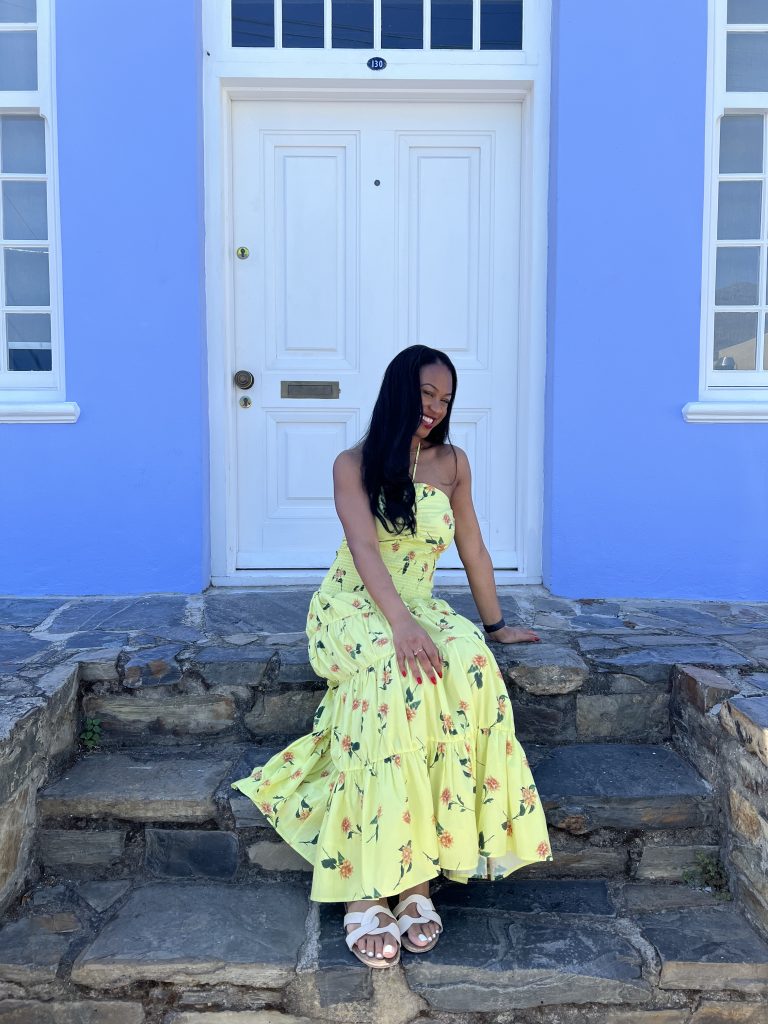
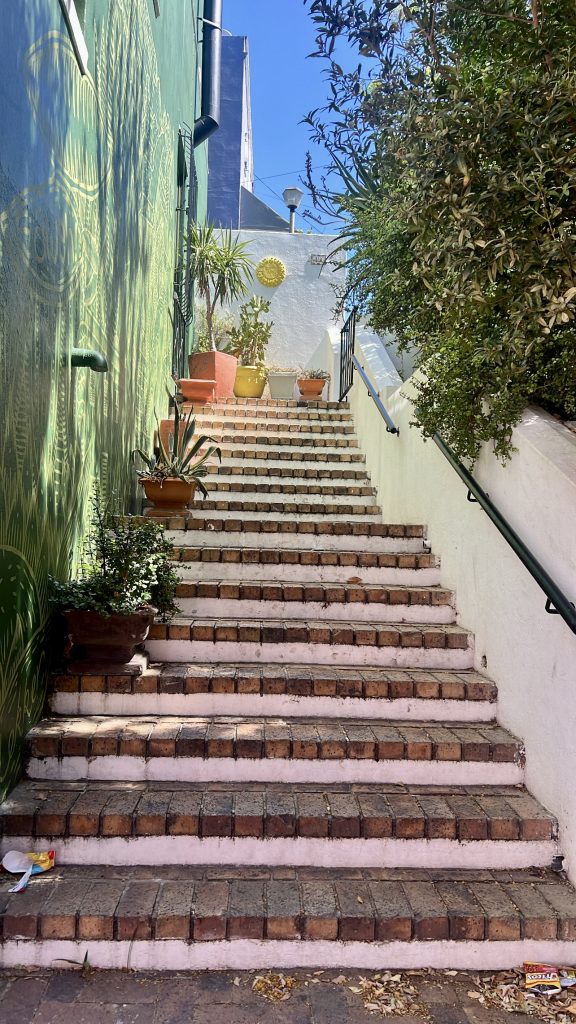
One of the most distinctive features of Bo-Kaap is its brightly colored houses. The neighborhood is known for its cobblestone streets lined with rows of pastel-colored homes, creating a picturesque and vibrant atmosphere. The tradition of painting houses in bright colors is said to have originated from the Cape Malay community’s desire to celebrate their freedom and identity after the end of apartheid.
My photographer was Aisha, a 21-year-old photography student originally from Nigeria. She took the most incredible shots of me, artfully balancing the beautiful aesthetics of the houses with significant history. After some prying questions on my part, she graciously gave me her impressions of what life was like as an immigrant to Cape Town as she walked me to The Company’s Garden, where I wandered aimlessly through the rose gardens and eventually ventured into the Museum to escape the harsh summer sun.
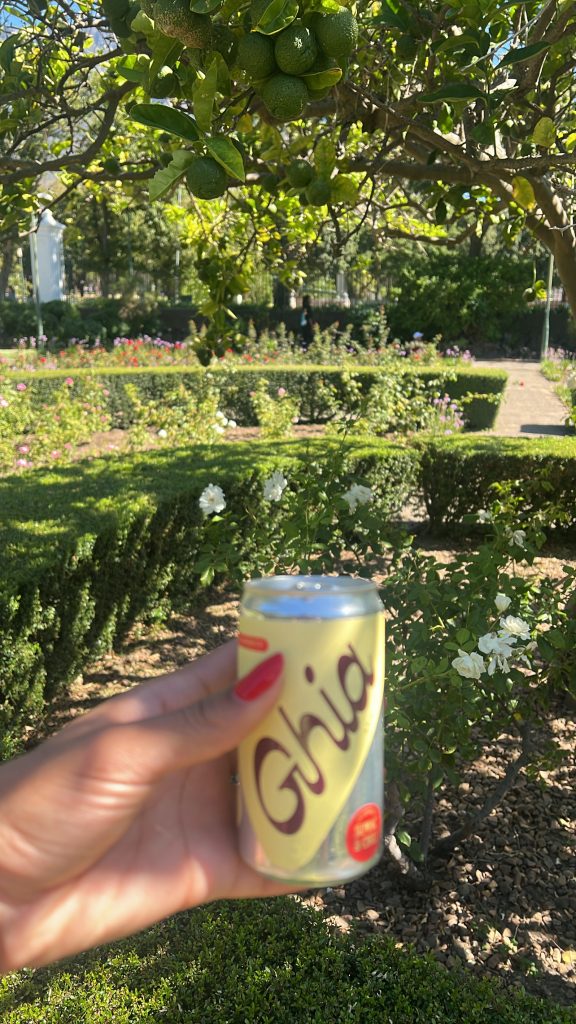
The Company’s Garden’s Museum featured work by Ester Mahlangu, a renowned South African artist known for her exceptional work in Ndebele art. While I was admiring a collection, a strange man walked up to me. This strange man, let’s call him Gabe, talked with me about art and his experiences traveling in Cape Town as a solo traveler from Ghana. We exchanged Instagrams to meet up later for “drinks.”
Gabe was a perfect gentleman (so not my type.) I always say I don’t have a type, but I do because he wasn’t it. I tried my very best to make that known to him. It’s nice to make a friend, I said as I arrived at the first bar, looking like a snack. I realize this must have been confusing for him, but I wanted to get dressed up because, as you may recall, I had packed for this very occasion. I just imagined it with another guy.
Gabe and I checked out several bars/restaurants/clubs along Kloof Street. I explained that I didn’t drink and he didn’t press too hard. When we sat down for dinner at La Parada, I ordered a non-alcoholic Mojito, or Nojito, as I prefer to call them. They even had non-alcoholic wine available, but you could only purchase it by bottle, not glass. Gabe and I chatted a bit; he’s a Scorpio, so it was a little hard to get him to open up; however, the more he drank, low and behold, he started telling me stories about life in Ghana, how he broke up with his ex-girlfriend because he couldn’t handle her being bi, and–I’ll spare you the details.
Around midnight, this is my ‘sober Cinderella moment,’ when I start turning back into a self-care girly who wants to do her nighttime routine instead of being amid drunk twenty-somethings; I told Gabe I was ready to go home. He seemed disappointed and begged me to go to one more spot. We ended up in a club, and I was fascinated to see the social dynamics of clubs in Cape Town, like anywhere else. This could have easily been Miami. Bottle girls coming and going with sparklers, VIP sections to mark people’s territory, and Amapiano tunes spinning. I was instantly teleported back to my twenties party girl era. As nostalgic as that may be at times, it further solidified my decision to go home. Check out my nighttime beauty routine from Cape Town here.
V & A Waterfront and Zeitz MOCAA
After a late night, I wanted a more chill day in Cape Town. I was also leaving for Joberg the next morning and needed to prepare. I started the day with breakfast at Cafe Charles. This was my favorite breakfast spot in Cape Town. I ordered their French toast on croissant bread and carrot cake. I stayed for an extra hour just to take in the splendor of their outdoor garden and sip on tea. From there, I walked over to The V & A Waterfront, stopping along shops.
The weather was overcast and a bit chilly. I was pre warned about how quickly the weather can change in Cape Town. Just as I arrived at the waterfront, it began to rain. I sought retreat inside The Zeitz MOCAA Museum. As I stepped into the museum’s towering atrium, I was immediately struck by the grandeur of the space—a former grain silo transformed into a multi-level marvel of architectural ingenuity. The seamless integration of industrial elements with sleek modern design provided a fitting backdrop for the diverse artworks waiting to be discovered.
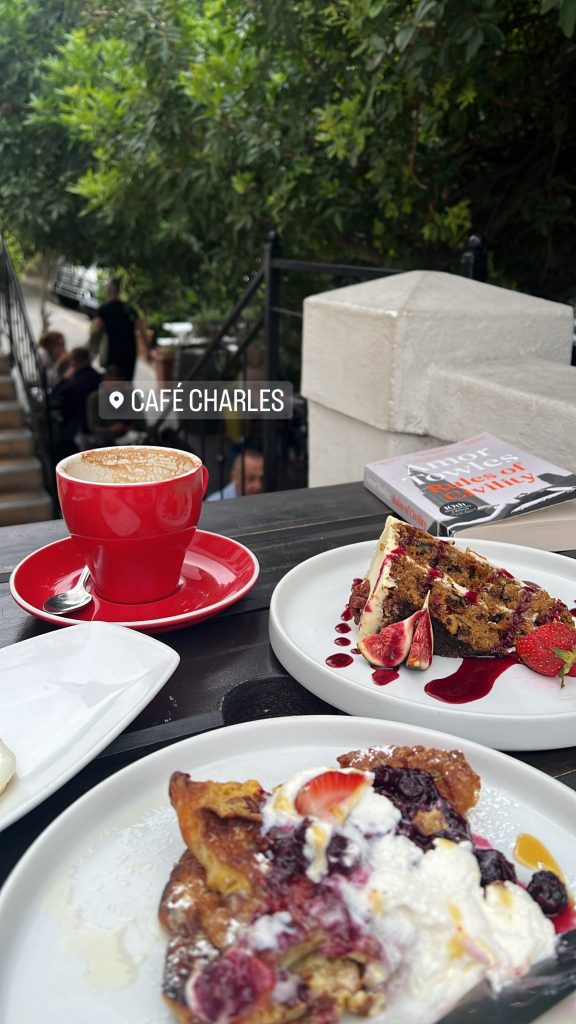


One of the highlights of my visit was encountering the work of emerging and established African artists, whose bold visions and innovative techniques challenged my perceptions and sparked my imagination. From the intricate beadwork of Nnenna Okore to the striking photography of Zanele Muholi, each artist brought a unique perspective to the conversation, inviting me to see the world through new eyes.
Table Mountain
You can’t visit Cape Town and not check out this majestic natural wonder! I saved this moment for my final day in South Africa, as I wanted to make sure the skies were clear, offering unparalleled panoramic views of Cape Town, Table Bay, Robben Island, and the surrounding coastline. I picked the perfect day as I could see as far as the Cape of Good Hope and beyond.
I opted to take the cable car up (it was 94 degrees Fahrenheit). The Table Mountain Aerial Cableway provides a convenient and scenic way to reach the summit. The rotating cable cars offer 360-degree views of the surrounding landscape as they ascend to the top, making for a memorable experience.
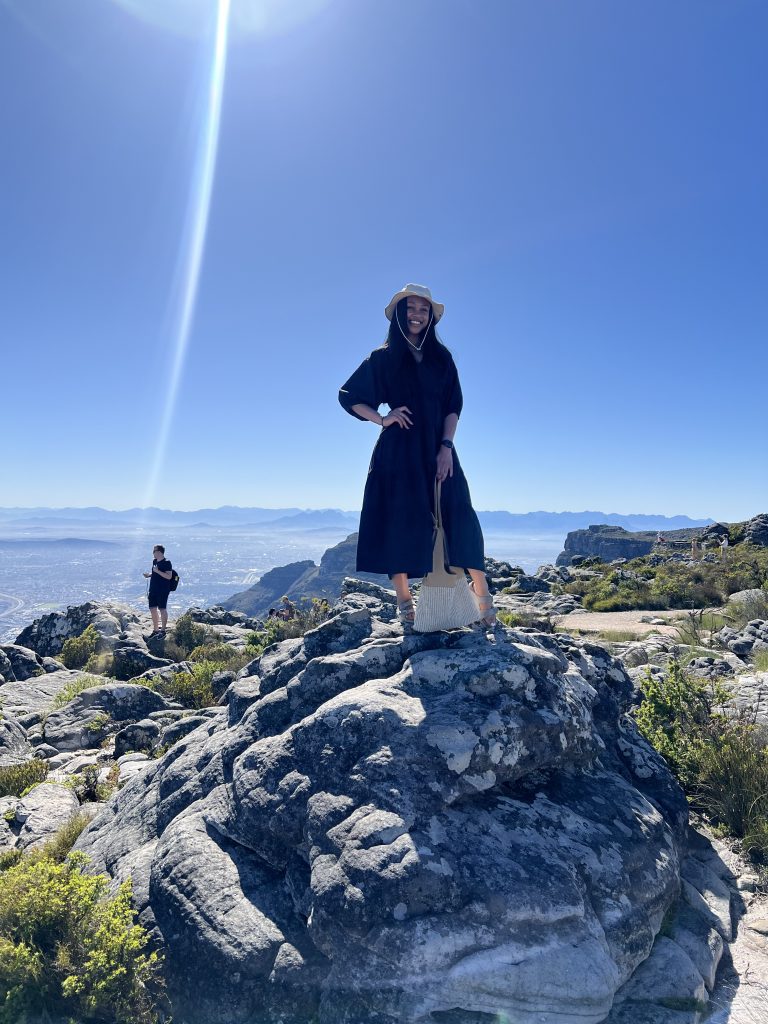
Cape Town Interlude
The night before my flight to Jo-Berg, I received a call from Gabe. After some small talk, he asks, Are you still flying to Jo-Berg in the morning? Yes, I replied. Could you bring a bag for my friend? He inquired. A bag for your friend? I parrot. And what kind of bag would this be, sir? Oh, it’s just a bag with chocolate and fabrics weighing 6 pounds. My jaw hit the floor. This man must think I’m stupid, I thought. So sorry, I said. But I overpacked and don’t have room. I awkwardly ended the conversation. This was giving Brokedown Palace, the nineties Jonathan Kaplan, where Claire Danes and Kate Beckinsale are two best friends who travel to Thailand for a vacation but find themselves imprisoned on drug trafficking charges because of some guy. There was no way I was going to South African jail.
Most Iconic Spots in Cape Town
Johannesburg
It was time for me to leave Cape Town and head to Johannesburg. I had heard from locals that Jo-Berg had a less-than-stellar reputation regarding crime, so I was extra vigilant about traveling there. I only spent one day in Jo-Berg as I had an early morning pickup on Safari.
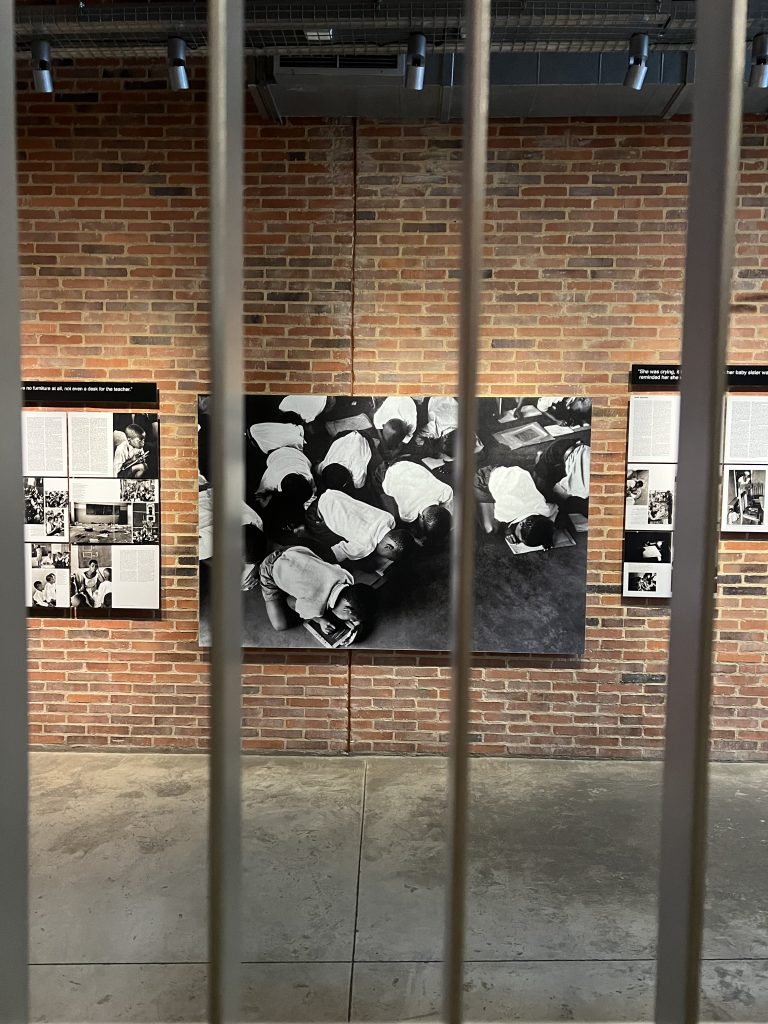


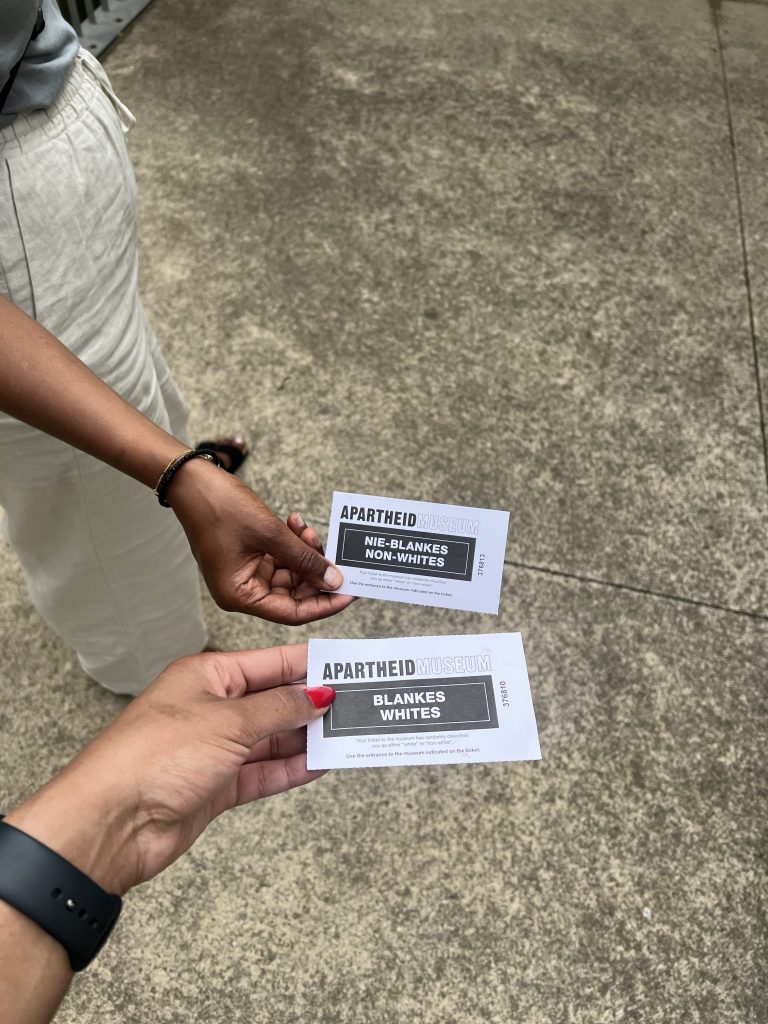
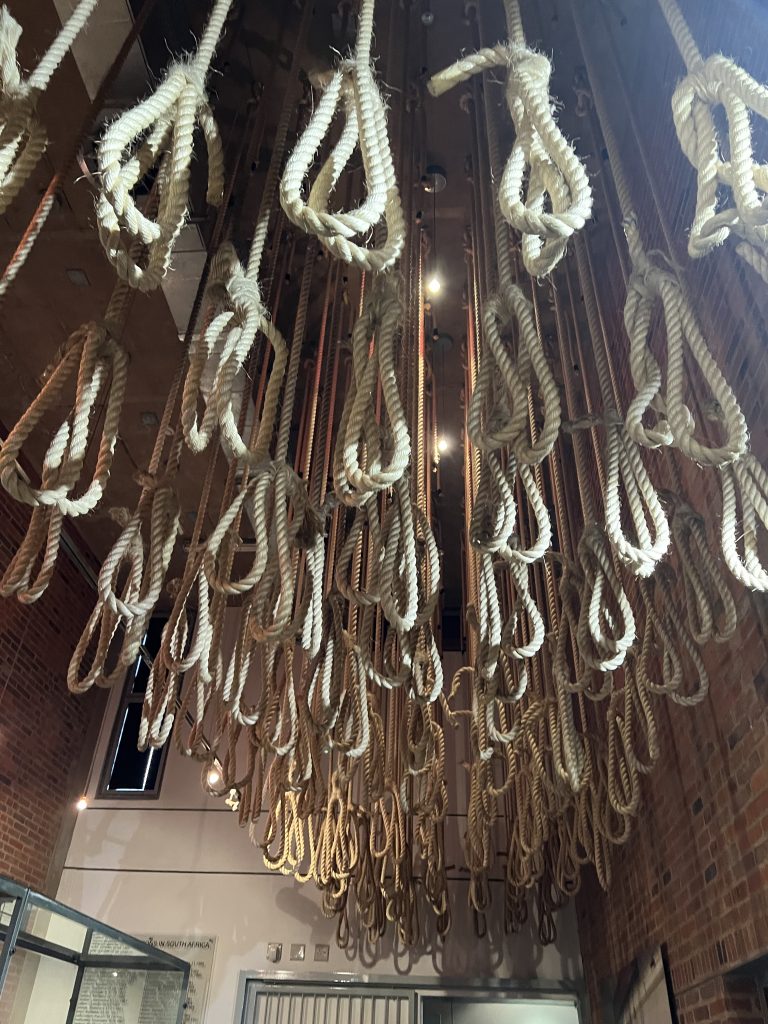
Apartheid Museum
I started my day mid-afternoon at the Apartheid Museum in the suburb of Ormonde to immerse myself in South Africa’s complex history. Entering the museum, I am immediately struck by the separate entrances based on race—a powerful reflection of the dark chapter of apartheid that once engulfed the nation. When you purchase your ticket, you’re randomly assigned a ticket: White or Non-White. I received a White ticket, so I entered on that side. Inside, I was transported back in time as vivid exhibits and multimedia displays vividly recount the struggles and triumphs of South Africa’s journey toward democracy. I learned so much history about Nelson Mandela and other Civil Rights Activists from South Africa.
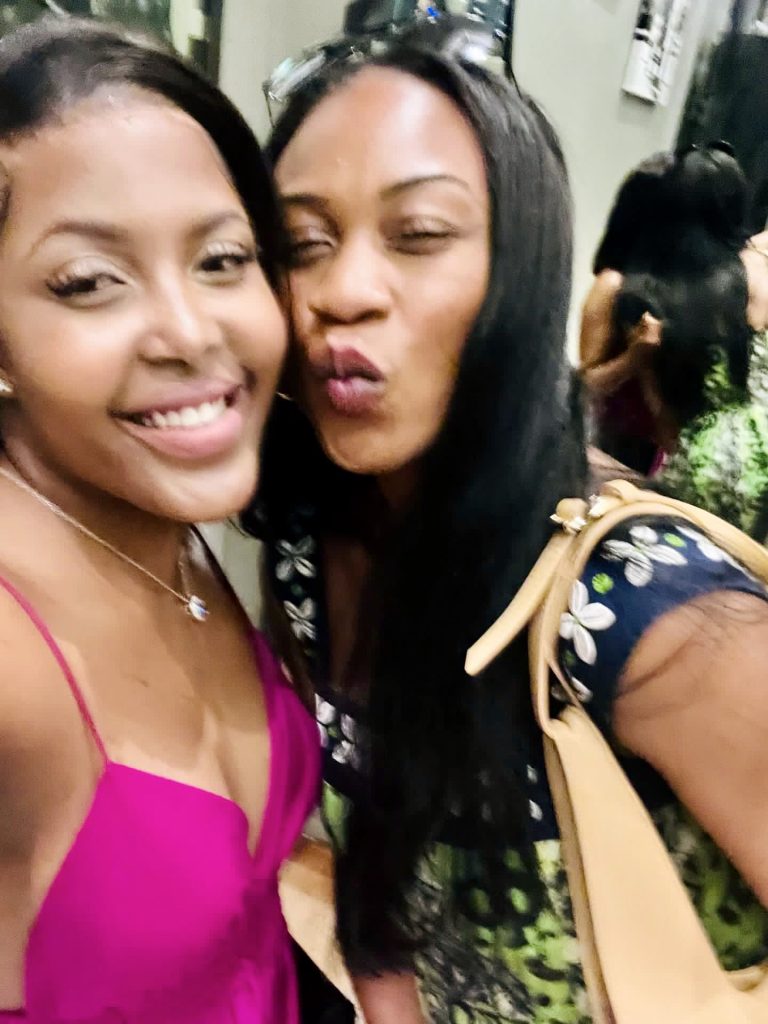
Soweto
Leaving the museum, my heart heavy with the weight of history, I made my way to Soweto, a sprawling township on the outskirts of Johannesburg that bears witness to both the pain of the past and the promise of the future. Here, amidst the bustling streets and vibrant communities, I am welcomed with open arms into a world of resilience, creativity, and hope. I stopped for dinner in 1947 on Vilakazi Street, the same street where Nelson Mandela lived. While dining, I made a friend in Lesedi, a local from the Soweto neighborhood. We hit it off as she told me all about what life was like in Jo-Berg: the good, the bad, the ugly.
Safari at Kruger Park
My two days in the Bush proved to be one of my favorite travel experiences. I booked my tour with MoAfrica, which handled everything from the pickup from Johannesburg to my accommodation and game drives to my return to JoBerg. The trek from JoBerg to Kruger Park is a five-hour drive. Upon arrival, we had lunch at the hotel and then headed to Kruger for our first sunset game drive.
Sunset Game Drive
As the sun descends towards the horizon, our safari vehicle sets off from the lodge, traversing dusty tracks that wind through the African Bush. With our experienced guide at the helm, we eagerly scan the landscape, hoping for glimpses of the park’s elusive inhabitants. As we venture deeper into the wilderness, the air is alive with anticipation. Suddenly, a rustle in the bushes catches our attention—a family of elephants emerges, their silhouettes majestic against the fading light. We watch in awe as they meander across the plains, their gentle movements a testament to the tranquility of the African Bush. On our first game drive, I saw elephants (1 of the Big Five), Impalas, Zebras, Giraffes, Hippos, and Crocs.

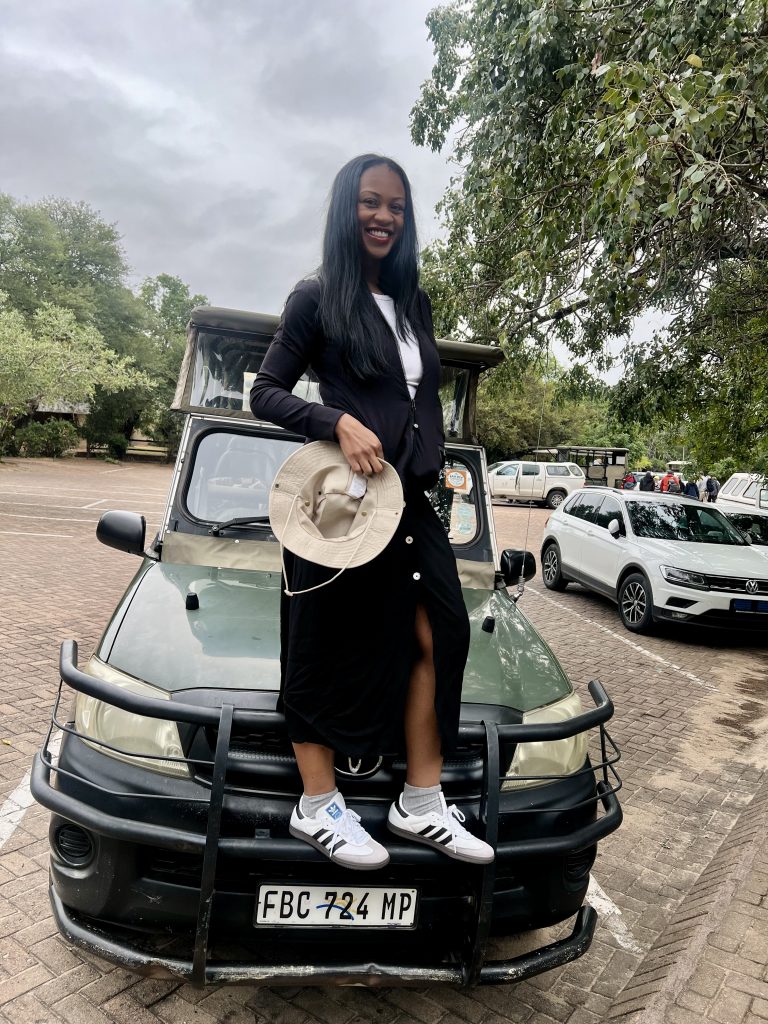
Sunrise Game Drive:
With a 5am start time, it was time to rise and shine. With the first light of dawn, we set out again, this time searching for the magical moments that unfold as the African Bush awakens. The air is crisp and cool, and the promise of a new day fills us with excitement as we venture into the wilderness again. I was determined to see the remaining Big Five as I’d only seen elephants thus far.
As the first light of dawn breaks over the horizon, we’re greeted by the haunting call of a lion echoing across the plains. Following the sound, we see a pride of lions lounging lazily in the morning sun. Their regal presence and mighty roars remind us why they’re known as the kings of the jungle. Our subsequent encounter takes us to a watering hole, where a herd of buffalo gathers to quench their thirst. With their massive horns and formidable stature, they exude an air of quiet strength as they graze peacefully by the water’s edge. We were told the leopard and rhinos were the most elusive creatures in the Bush. Fortunately, we spotted the leopard in a tree, blending seamlessly with its surroundings, its tail swaying lazily in the wind. We departed Kruger without seeing the rhinoceros as we were told they were cautious due to poachers. I was disappointed as we headed back to Jo-Berg, and I expressed this to my driver. As we stopped to fuel up at a rest stop, my driver told me to bring my camera. Bring my camera, I asked, confused, as I was going to the bathroom. I obliged and then realized There were rhinos at this rest stop!


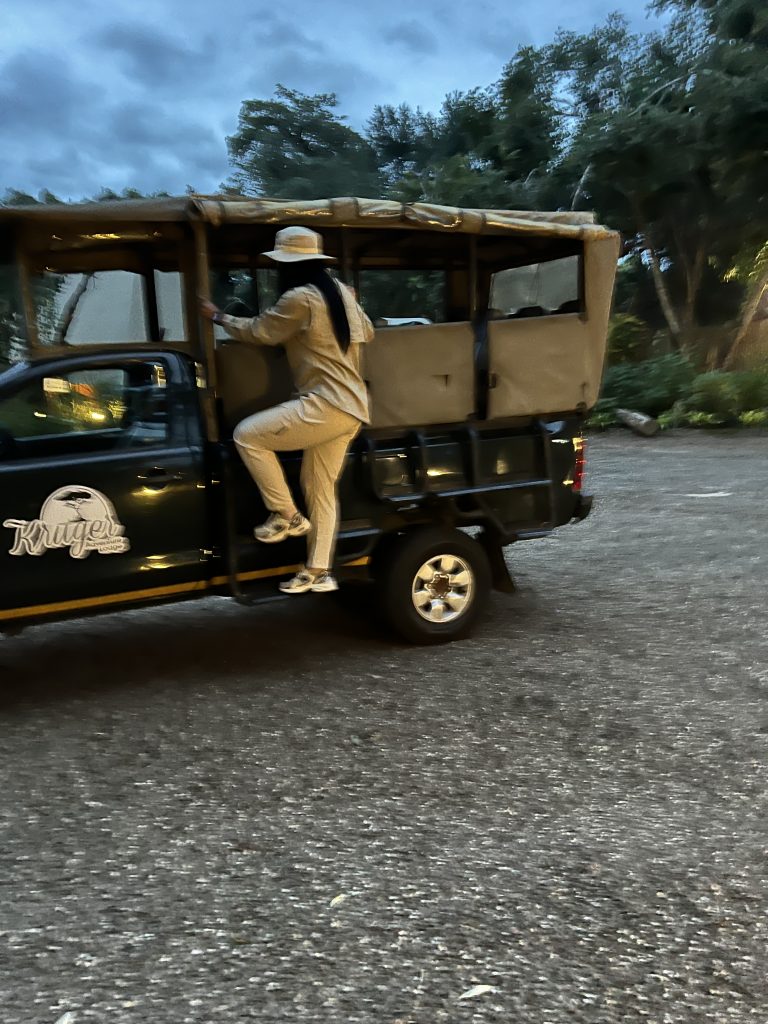
Reflecting on my unforgettable journey through Kruger National Park, I’m filled with a profound sense of gratitude and awe. Witnessing the Big Five in their natural habitat is a privilege beyond compare—a testament to Africa’s raw beauty and untamed wilderness and a reminder of the importance of preserving and protecting it for generations to come.
Reflections on Sobriety and Self-Discovery:
Throughout my journey, sobriety has become a lifestyle choice and a source of strength, clarity, and empowerment. This trip serves as a reminder that true adventure lies not in the bottom of glass but in the depth of our experiences and the connections we make along the way.
As a solo female traveler, I discovered the power of independence and self-reliance and the kindness and generosity of strangers who became friends along the way. Whether navigating bustling city streets or venturing into the wilderness, I found a sense of liberation and empowerment that transcended any fears or doubts I may have had.
My journey through South Africa as a solo, sober traveler was a testament to the transformative power of travel to expand horizons, challenge perceptions, and inspire personal growth. In a country known for its beauty, diversity, and resilience, I found an adventure, a journey of self-discovery, connection, and profound gratitude for the richness of life’s experiences.
As I bid farewell to South Africa, I carry with me memories of breathtaking landscapes, soul-stirring encounters, and the unwavering spirit of adventure that will continue to guide me on my journey, wherever it may lead.
Until next time!

About The Author
Hi, my name is Nadine Mulvina and I’m a sober lifestyle blogger and podcaster based in Greater NYC area. Traveling has always been important to me but now I get to discover parts of world (and myself) unclouded by alcohol.
